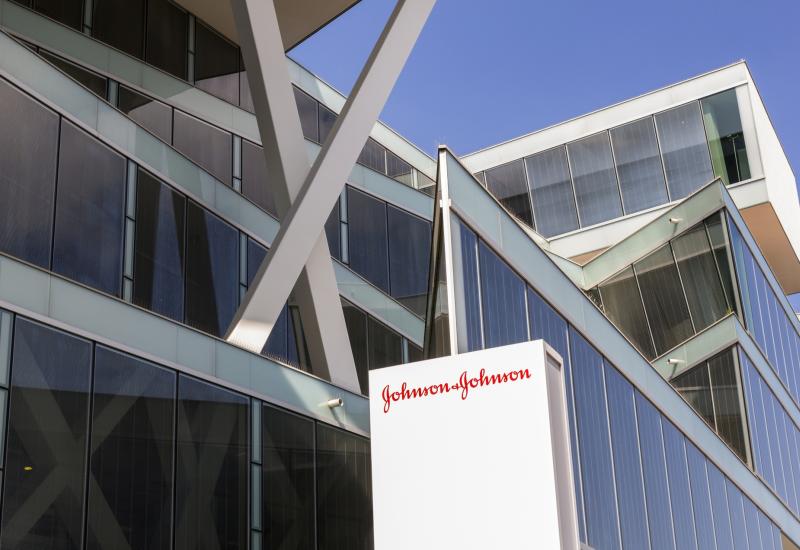
Novel cadherin conjugates enter the clinic
Biopharma's interest in CDH17 and CDH6 continues, courtesy of Lepu and Qilu.
Biopharma's interest in CDH17 and CDH6 continues, courtesy of Lepu and Qilu.

ARR-217, the molecule ArriVent Biopharma recently licensed from Lepu Biopharma that was only later revealed as being an ADC against CDH17, has just started its first clinical study, the latest listings on the clinicaltrials.gov registry reveal.
These also show the entry into the clinic of an ADC against a related target, CDH6, of a second molecule that's emerged from AstraZeneca's work on IRAK4 inhibition, and of a new project aiming to reactivate mutated p53, an area where PMV Pharma faces an imminent catalyst. The trial of ARR-217 should be of particular interest given a recent surge of work on CDH17.
ArriVent has built a company around a pipeline of licensed-in projects, of which the lead is the tyrosine kinase inhibitor firmonertinib, licensed from China's Allist for $40m in 2021. Readout of firmonertinib's Furvent trial, in first-line NSCLC with exon 20 insertion in EGFR, was recently delayed from this year to early 2026, so ARR-217 at least provides some good news.
That project came through a January 2025 deal with Lepu worth $47m in up-front and near-term milestone payments, but it wasn't immediately apparent what this molecule hit. It was only in May that the target was revealed as CDH17. Two other deals done at the time – GSK for DualityBio's DB-1324, and Sotio for Biocytogen's SOT109 – were also only later revealed as hitting CDH17.
This all made CDH17 a hot new target for ADCs, so the first-in-human solid tumour study of ARR-217 should be of particular interest, though it must be stressed that this is a Chinese trial sponsored by the Lepu subsidiary Miracogen, and not by ArriVent. CDH17 expression isn't a precondition of study entry, but patients' CDH17 status has to be evaluable.
Another cadherin
A related cadherin molecule, CDH6, rose to prominence before CDH17, courtesy of Merck & Co's monster tie-up with Daiichi Sankyo in 2023; this included rights to raludotatug deruxtecan, an anti-CDH6 ADC that accounted for $1.5bn of the deal's up-front value.
Since then interest in CDH6 has ticked up, with NextCure last month picking up ex-China rights to Simcere’s SIM0505 for just $12m up front. At this year's AACR Qilu presented preclinical data on its contender, QLS5133, and now that ADC has begun a Chinese phase 1/2 study in solid tumours.
Recently disclosed first-in-human studies*
| Project | Mechanism | Company | Trial | Scheduled start |
|---|---|---|---|---|
| AZD2962 | IRAK4 inhibitor | AstraZeneca | Myelodysplastic syndromes & CMML | 4 Jul 2025 |
| HY0001a | CDCP1 ADC | Huiyu | Solid tumours | 10 Jul 2025 |
| QLS5133 | CDH6 ADC | Qilu | Solid tumours | Jul 2025 |
| ARR-217/ MRG007 | CDH17 ADC | Lepu/ ArriVent | Solid tumours | Jul 2025 |
| NTS071 | p53 Y220C reactivator | Nutshell Therapeutics | TP53 Y220C-mutated solid tumours | Aug 2025 |
| SHR-4506 | Undisclosed | HengRui | Unspecified | Aug 2025 |
Note: *projects newly listed on the clinicaltrials.gov database between 11 and 16 Jul 2025.
AstraZeneca is known to have been working preclinically on IRAK4 inhibitors for a few years, earlier citing their applicability in treating cancers as well as several autoimmune diseases including lupus and psoriasis, and recently presented preclinical data on one molecule, AZD6793, in chronic obstructive pulmonary disease.
While AZD6793 is in three healthy volunteer studies, it has now been joined by a second IRAK4 inhibitor, AZD2962, which represents Astra's first shot at oncology with this mechanism. A phase 1/2 study in myelodysplastic syndromes and dysplastic chronic myelomonocytic leukaemia began last month, according to clinicaltrials.gov.
Also of interest will be first-in-human studies of Huiyu's HY0001a, an anti-CDCP1 ADC whose only other exponents according to OncologyPipeline are preclinical molecules from Tavotek and Chiome, and Nutshell's p53 Y220C reactivator NTS071. The most advanced molecule with the latter mechanism is PMV's rezatapopt, whose Pynnacle trial is to yield registrational data imminently.
1740













